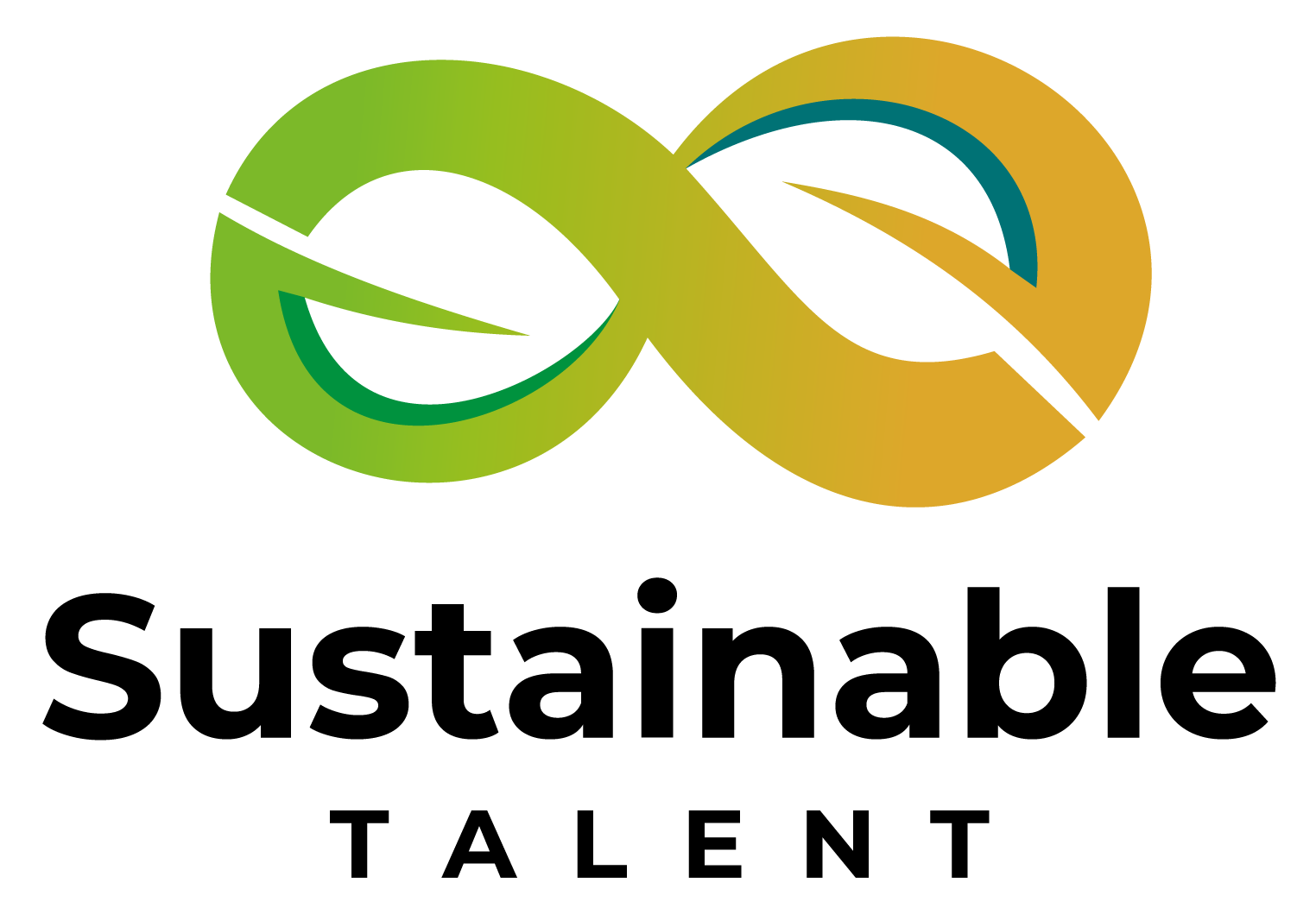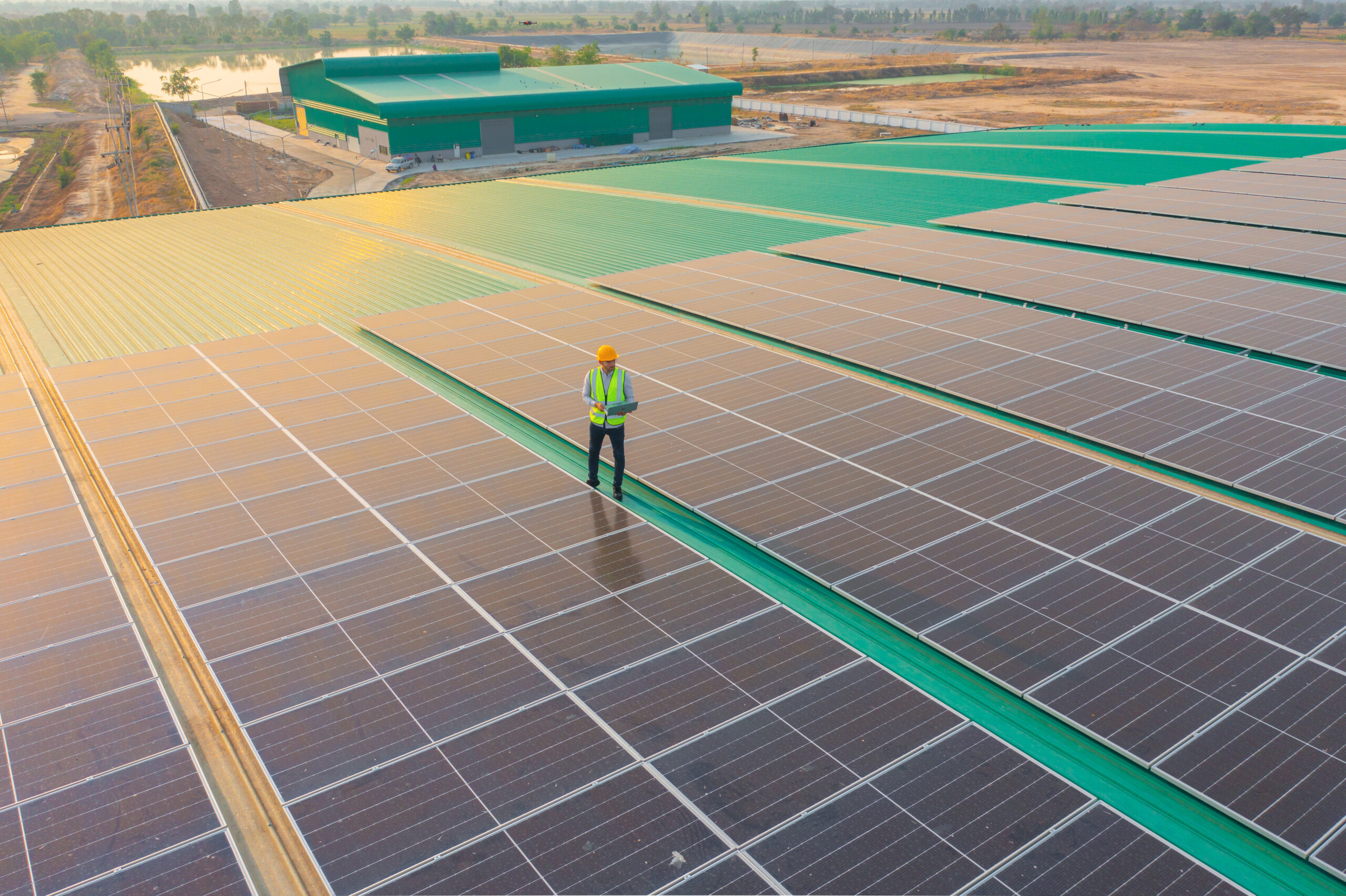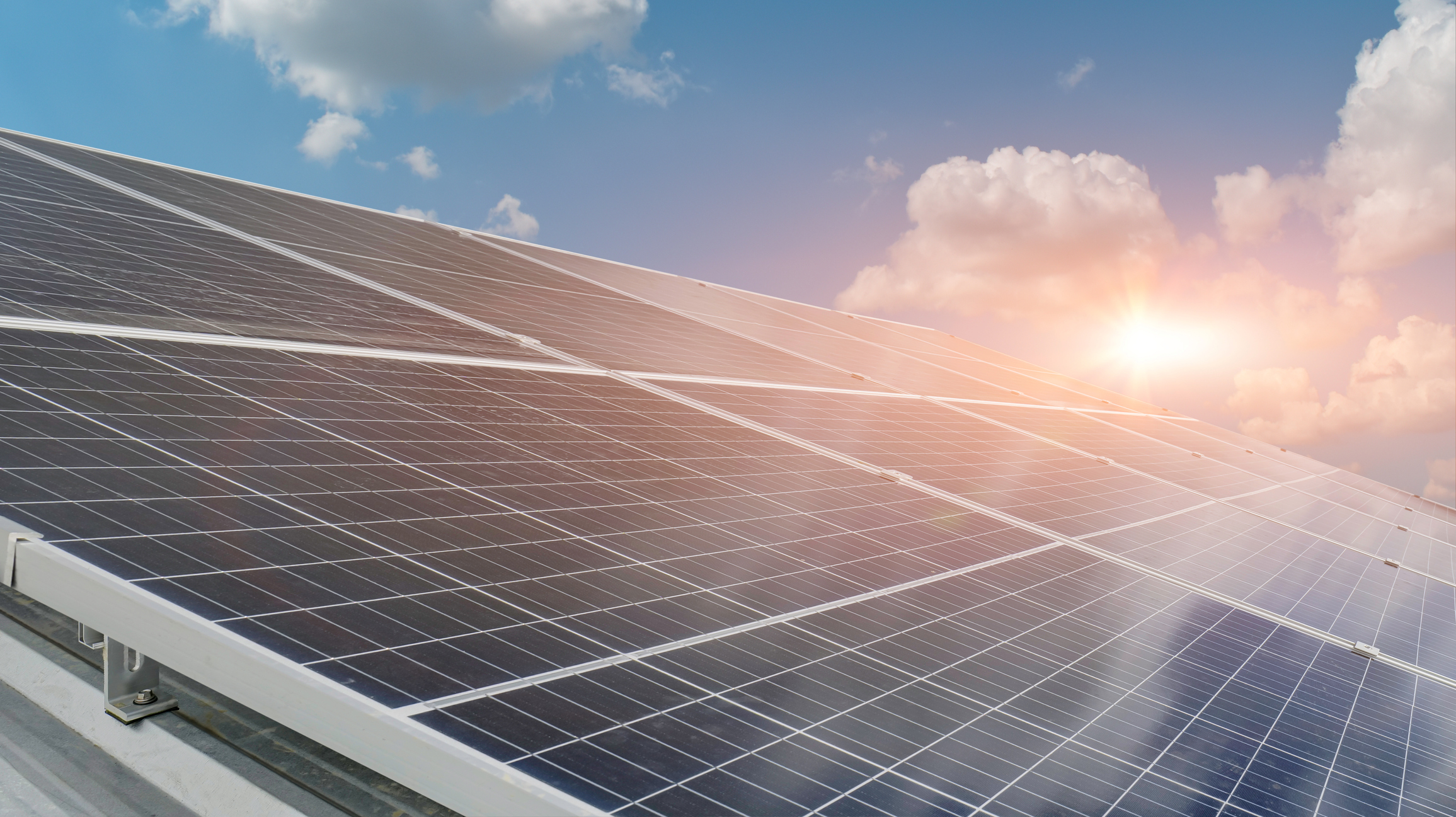Let’s face it, all of us are keeping an eye on our utility bills more than ever – and we are all talking about the constant increases in the cost of living.
Solar is a solution which can save you money and do something amazing for the environment.
But I bet there are plenty of questions you’d like to ask?
So we’ve looked into our crystal ball and tried to answer some of them!
What Are Solar PV Cells And How Do They Work?
Solar PV cells are made from layers of semi-conducting material, usually silicon. When light shines on the material, electrons are knocked loose from the atoms, creating a flow of electricity.
While these cells don’t need direct sunlight to work, they perform better in sunshine. So, the stronger the sunshine, the more electricity is generated.

Most PV systems are made up of panels that fit on to your roof. But it’s also possible to install panels in your roof (replacing some of the tiles) or mounted in frames on the ground.
While solar panels are a long-term investment, solar energy provides a clean, renewable source of power, which can save you money over time.
What Are The Advantages Of Solar Power?
Better for the environment – solar energy does not produce any greenhouse gases, making it one of the cleanest and more sustainable ways to generate electricity.
It won’t run out – as a natural source of energy, we don’t need to worry about solar power running out. As long as the sun shines, we can utilise it for clean energy.

Will It Help Lower My Bills?
Businesses and homes with panels will be able to use less energy from a supplier and save on bills. If you generate surplus energy, you can make money by exporting it back to the grid.
Better Flexibility
Solar energy can be used for a range of purposes. It can generate electricity for you to use now or can be stored in a battery to be used when you need it. It can provide electricity to power other low carbon technologies such as EV Chargers and heat pumps making them even greener.
What About Maintenance Costs?
Due to solar energy systems having few moving parts, they generally don’t require a lot of maintenance. After the initial cost of the system and installation, you shouldn’t need to spend lots on maintenance and repair work.
Can I Store My Solar?
Solar battery storage is fast emerging as the best way to maximise the benefits of generation. A battery stores energy either when it is generated or when it is low cost and is ready to be used when you need it.

So How Does It All Work?
Solar panels are designed to collect sunlight and convert it into electricity.
The energy produced by the panels is generated through a process known as the photovoltaic (PV) effect.
This is when electrons are produced after exposure to sunlight.
And from this there are three simple steps.
1 – Sunlight Hits The Solar Panels
The panels used for solar energy are made up of various layers of material. The most common type of panel is a photovoltaic cell, which is composed of two layers of silicon.
These two layers allow the cell to absorb and convert sunlight.
Besides the two layers of silicon, the panels also come with various other layers of material.
These include a metal frame, a glass casing, and a wiring system that allows the electricity to flow from the solar cells.
These panels are usually placed on top of a solar array, which allows the cells to absorb sunlight during the day.
2 – Solar Cells Create An Electrical Current
Each solar cell is made up of two layers of silicon. The first layer is positively charged, while the other one is negatively charged. This produces an electric field.
When sunlight hits a cell, it causes it to energize and release electrons from its atoms. These electrons then move along the electric field created by the surrounding semiconductor material. This process, which is referred to as the photovoltaic effect, is the basis of solar panel technology.
Despite the technological advancements that have occurred in solar energy, the electricity that the panels can provide is still considered DC. This means that most homes are still powered by an alternating current source.
3 – The Electricity Is Converted
When sunlight hits a solar cell, it causes it to absorb radiation. Through the interaction between sunlight and the cell’s material, the electrons create an electric current.
The wires that connect the panels to the electrical equipment are designed to capture the current generated by the solar cells. They then send it to a solar inverter, which converts it to AC power.
A solar panel’s power converter is like a knight in shining armour.
It can be used as the go-between for the panels and the electrical equipment they’re connected to.
It can convert DC electricity into AC power. Once this happens, your panels will be able to provide you with the electricity needed to power your requirements!
To find out more about how Sustainable Talent can help your business with recruitment solutions, get in touch with our team today on hello@sustainablet.co.uk
Or why not fill in our simple contact form.


